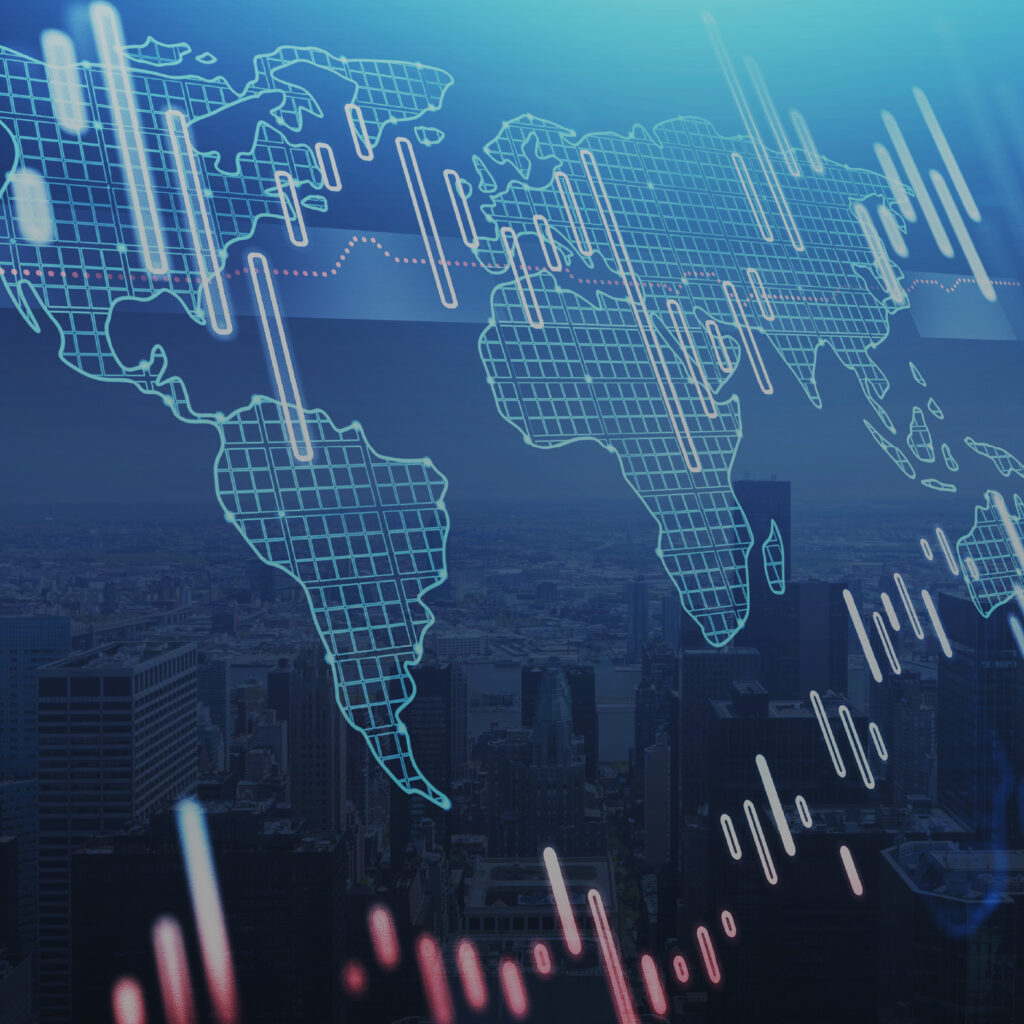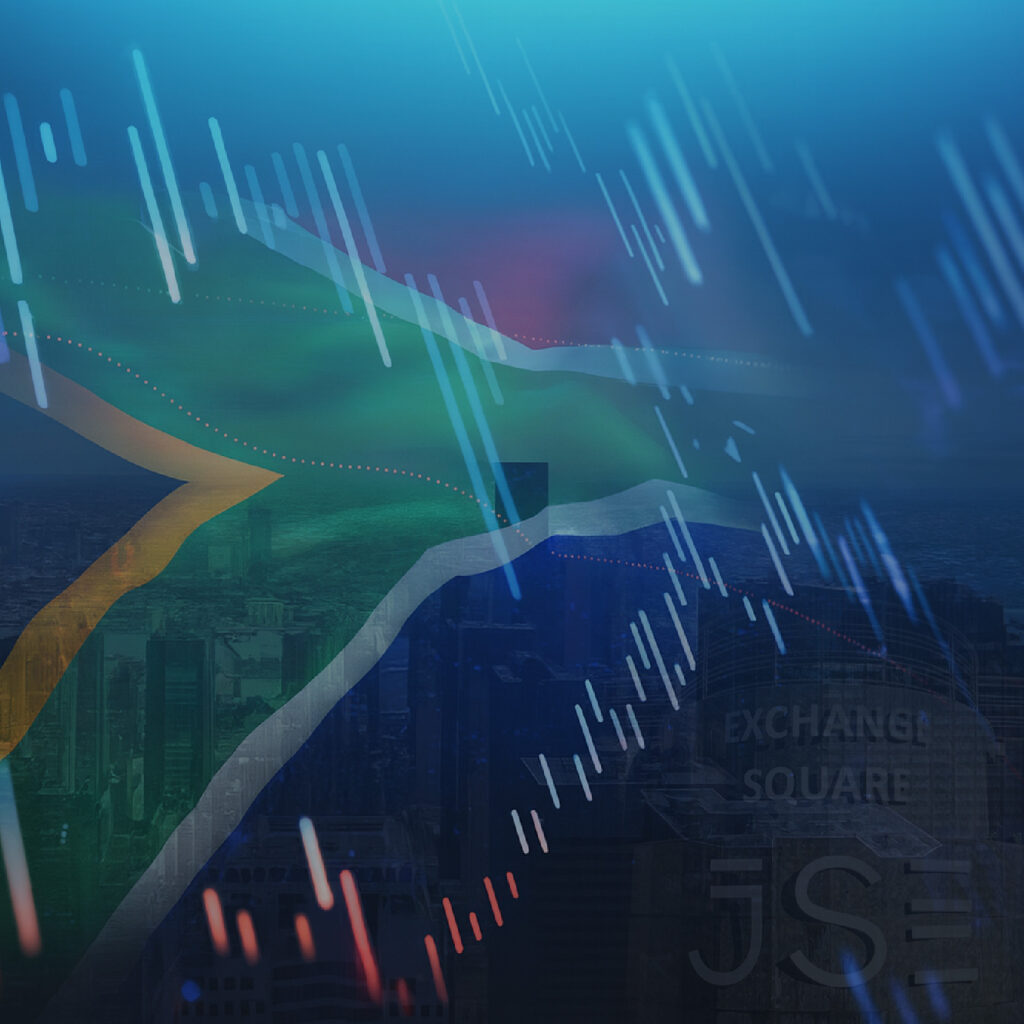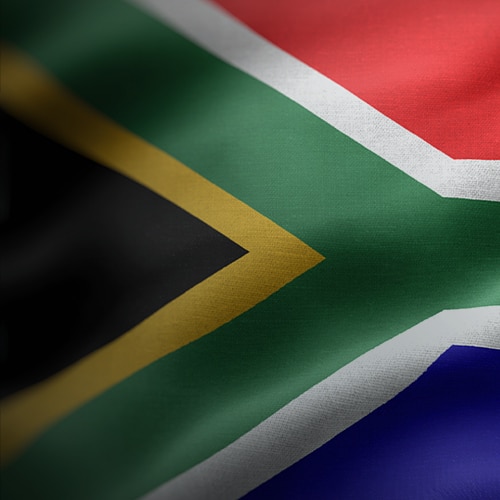Global markets in 2025 continue to defy easy classification. Rather than a simple bull or bear cycle, investors are navigating something more erratic- a “kangaroo market,” marked by sudden leaps forward and equally abrupt retreats. This underscores the increasingly complex landscape through which global investors must chart their course.
The international backdrop is one of profound transition. The US remains an outlier in terms of resilience, but beneath its headline growth, the US Fed finds itself under intensifying political pressure. Calls for earlier and deeper policy easing stand in tension with lingering inflationary risks, while the electoral cycle adds another layer of complexity to an already delicate policy path.
Europe’s recovery is constrained by persistent industrial weakness and the lingering effects of its energy realignment. China’s growth trajectory is increasingly shaped by policy interventions that oscillate between stimulus and restraint, underscoring the reality of a multipolar order in which no single economy provides a dominant anchor. Overlaying this are heightened geopolitical tensions: tariffs, sanctions, and trade weaponisation are reshaping the flow of goods and capital. At the same time, ongoing conflicts in Eastern Europe and the Middle East contribute to commodity price volatility and rising investor uncertainty.
Against this background, markets are acutely sensitive to marginal shifts in incoming data. The Citi Economic Surprise Index (CESI), which measures the gap between economic forecasts and actual outcomes, highlights this volatility. As the chart below illustrates, while global surprises have remained broadly positive through much of 2024 and into 2025, signalling resilience in the face of widespread caution, US data have been far more volatile, oscillating sharply between optimism and disappointment. The result is a world economy advancing in uneven fits and starts, fragile to even marginal shifts in momentum.

In this unsettled global economy, SA’s challenges stand out starkly. As a small open economy, it is acutely vulnerable to external shocks—but its real difficulties are homegrown. Over the past two decades, growth has collapsed from above 4% in the mid-2000s to near stagnation. Productivity fell sharply as state-owned enterprises (SOEs) absorbed vast resources while delivering little economic return. This was the hallmark of the ‘state-capture decade’ after 2010, when governance failures and resource misallocation crowded out private investment.
State-owned electricity utility Eskom epitomises this: despite massive investment in projects like the Medupi and Kusile power stations, output stagnated and even contracted, as these mega-projects failed to deliver functioning capacity. This collapse in capital productivity represented not only the direct cost of corruption and mismanagement but also a broader misallocation of resources – diverting savings away from potentially productive private sector investment and into unproductive state projects. The knock-on effects were felt beyond energy.
Investment has since stagnated at c. R500bn p.a. in real terms—far too little to expand the productive capital stock. Fiscal policy, meanwhile, became skewed toward unproductive spending, while higher taxes and inflation-driven real interest rates further constrained growth. The result was one of the weakest periods of economic performance in SA’s modern history, with GDP growth averaging just 1% between 2015 and 2019, surpassed in weakness only by the transitional years of 1990–1994 and the post-COVID-19 downturn. Per capita GDP peaked in 2013 and has been declining ever since; the country has endured more than a decade of stagnation.

SA’s export performance tells a similar story of structural decline. Export complexity, an indicator of how diverse, knowledge-intensive, and sophisticated an economy’s export basket is, has weakened markedly. According to the Observatory of Economic Complexity, in 2000, SA ranked 34th in the world for economic complexity; today it is at 59th. This decline in export complexity reflects a narrowing export base, with increasing reliance on raw materials and basic commodities at the expense of higher-value, more sophisticated products. The loss of complexity in SA’s exports points to a deeper erosion of competitiveness and productive capacity.
Private sector investment growth has also stalled. Over the past decade, firms have faced a hostile operating environment: persistent loadshedding, political risk, policy uncertainty, excessive red tape, and high costs of doing business. These pressures have been exacerbated by a rising tax burden and elevated borrowing costs, further undermining business confidence. The economic toll of the energy crisis alone has been severe. National Treasury estimated that loadshedding shaved 1.5 to 2 ppts off GDP growth in 2022, while the Council for Scientific and Industrial Research (CSIR) calculated the cost of blackouts that year at R560bn—equivalent to 8%–10% of GDP. Regardless of the exact figure, for businesses, the inability to plan, price, or expand in such an environment has created a deep reluctance to commit capital to long-term projects. The deterioration of logistics infrastructure has compounded this erosion of confidence.
SA’s ports and rail networks, once key competitive strengths, have suffered years of underinvestment and mismanagement, raising costs for exporters and reducing efficiency. Although there has been some progress by mid-2025, with port capacity improving under the government’s reform programme, the gains remain fragile and uneven.
The combined effect has been a damaging feedback loop. Structurally, energy shortages and infrastructure bottlenecks have placed binding constraints on the economy. Cyclically, rising borrowing costs have raised the hurdle for new investment. Politically, governance failures and the legacy of state capture have undermined confidence further. Weak investment has driven down productivity growth, which in turn slowed overall GDP growth, further discouraging investment.

While fiscal and monetary policy remain important levers for stabilising the economy, their capacity to offset SA’s deep-rooted structural challenges has proven limited. The post-global financial crisis period illustrates this clearly. SA entered 2008 from a position of relative strength- low inflation, a fiscal surplus, and well-capitalised banks meant that countercyclical measures could be deployed without immediate strain. Yet, the subsequent fiscal trajectory proved problematic.
Rather than crowding in investment through infrastructure spending or productivity-enhancing reforms, much of the fiscal expansion was absorbed by a rapidly growing public-sector wage bill. SA currently carries the third-largest public sector wage bill in the world relative to the size of its economy, with compensation costs amounting to c. 10.5% of GDP- well above levels seen in advanced economies such as the US, UK, Australia, and Japan. This has resulted in an economy that is saddled with permanently higher expenditure levels, rising sovereign risk premiums, and elevated real borrowing costs across the economy.
More recently, the National Treasury has faced escalating fiscal pressures. Gross loan debt is projected to peak at 76.2% of GDP in 2025/2026, with debt-service costs approaching R390bn this year—meaning that almost a quarter of every rand collected in revenue is allocated to interest payments.
This rising debt burden is feeding directly into higher long-term bond yields, raising borrowing costs for both the government and the private sector. Moreover, the Treasury’s reliance on ‘stealth taxes’ such as bracket creep, rather than expenditure cuts or structural reforms, signals weakening fiscal discipline and a reduced capacity to contain spending growth.

Monetary policy, too, has been constrained. Rising inflation and debt-servicing needs have limited the space for accommodative action, leaving the South African Reserve Bank (SARB) with little scope to provide meaningful growth support. The ongoing debate over lowering the inflation target to 3% further complicates the policy landscape and risks imposing additional costs on an economy where supply-side constraints (rather than demand pressures) are the dominant driver of inflation. Without tackling the underlying productivity constraints- such as energy insecurity, inefficient SOEs, weak infrastructure, and policy uncertainty- the country will remain locked in a cycle where macroeconomic policy serves only to manage the symptoms, rather than resolve the causes of stagnation.
The central question, then, is how SA can restore growth. The stark deterioration during the state-capture decade after 2010 is undeniable, but it need not dictate the future. The period of rapid expansion in the mid-2000s demonstrates that the economy is capable of stronger performance, provided the right conditions are put in place. Our base case remains for subdued growth, below 2% p.a. over the next two to three years, as reforms progress slowly and confidence remains muted.
The current pace of change has left businesses disillusioned, with the economy largely muddling through. Yet upside risks cannot be dismissed. A stronger, more credible reform push, combined with greater political and policy certainty and improved coordination between fiscal and monetary policy, could set in motion a virtuous cycle of investment, productivity gains, and higher growth. History shows that SA has, in moments of crisis, delivered reform against even greater odds. There is no structural reason why it cannot do so again. That said, downside risks remain significant. Reform momentum has been halting, with isolated milestones reached but little evidence of a durable acceleration in growth. The erosion of per capita incomes and persistently high unemployment present deep long-term challenges, and without decisive action, the risk is that stagnation becomes entrenched.
In this regard, the priorities are clear:
- Raise investment by cutting red tape and lowering the cost of doing business.
- Restructure SOEs, especially in energy, logistics, and transport, to restore productivity.
- Rebuild competitiveness by diversifying exports and improving infrastructure.
- Anchor macroeconomic policy with credible, well-coordinated fiscal and monetary frameworks.
SA does not lack potential; it lacks momentum. The choice ahead is between persisting with incremental progress that leaves the economy adrift, or embracing bold reforms that can restore confidence, attract investment, and put growth back on a sustainable trajectory.




